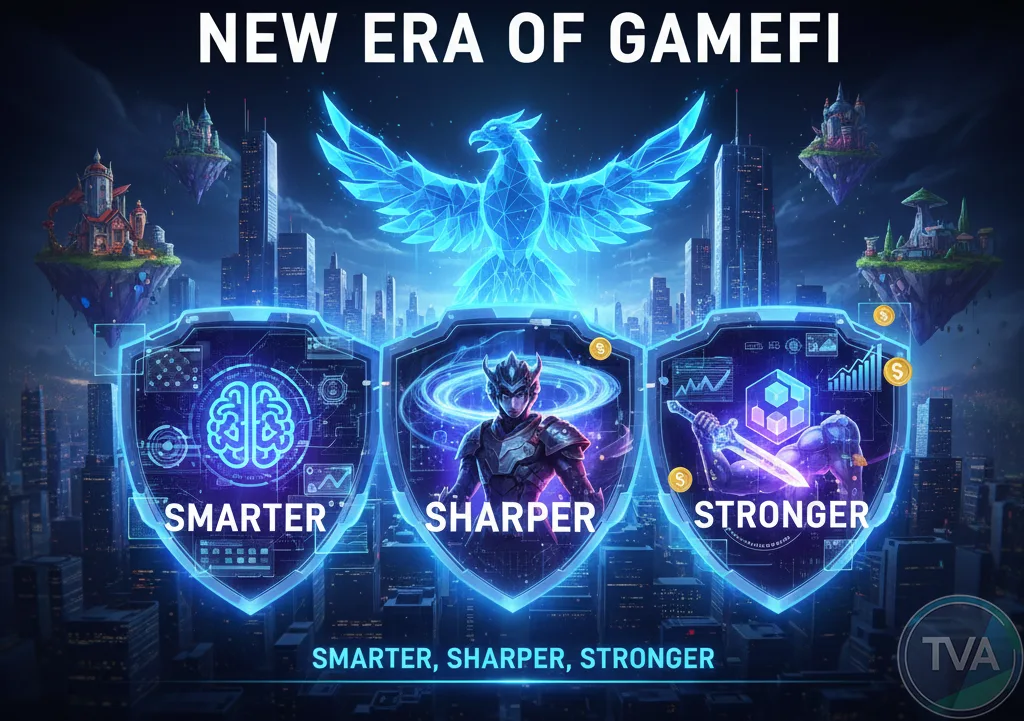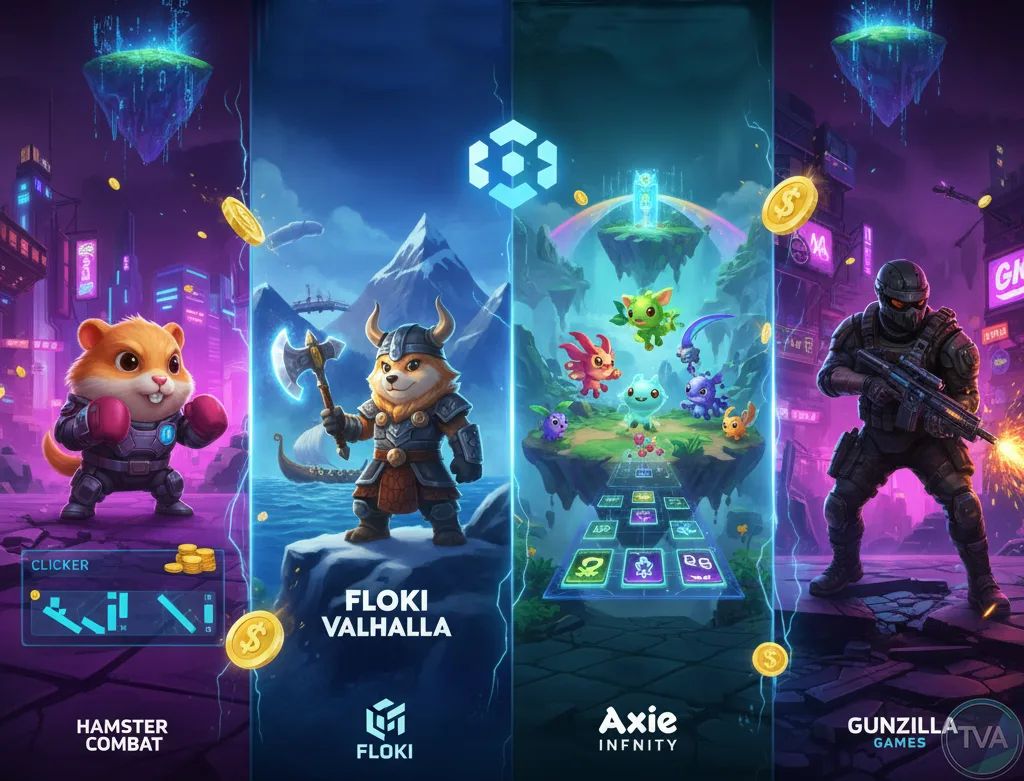The GameFi ecosystem is undergoing a transformation quick-win “clicker” models are fading as deeper gameplay and sustainable token economies take over. Here’s the full analysis.

The world of blockchain gaming and the Play-to-Earn (P2E) model is experiencing both crisis and reinvention. In recent months, it has become clear that traditional approaches (focused on instant monetary rewards and aggressive user acquisition) are collapsing under the weight of unsustainable economics and massive player drop-off. A CoinGecko study revealed that over 75 % of Web3 games launched between 2018 and 2023 have “failed,” defined as those that lost 99 % of their active users in a short period. (es.cointelegraph.com) This stark reality is forcing the industry to rethink its direction.
One of the most visible responses to this crisis has been the rise of Tap-to-Earn. Lightweight games with simple tap mechanics (often integrated into social networks like Telegram) have reached massive adoption numbers. Games such as Hamster Kombat have reported tens of millions of users, many of whom were unaware they were even interacting with a Web3 platform. (coindesk.com) This low-friction, high-access model is now seen as a gateway for newcomers to enter the crypto universe. Some even claim it fulfills “Satoshi’s dream” — onboarding people into blockchain seamlessly. (coindesk.com)
Alongside that trend, more ambitious projects are merging storytelling, immersive gameplay, and sustainable tokenomics. The recent launch of FLOKI Valhalla, a tactical MMO with tokenized rewards, shows how far the ecosystem is willing to go to build richer, long-lasting experiences. (coindesk.com) Meanwhile, some studios are quietly adopting blockchain integration (without using the term “Web3”) to avoid public resistance while maintaining real digital ownership of in-game items and skins. (es.cointelegraph.com)
Nevertheless, this evolution comes with criticism and latent risks. A Gunzilla Games executive compared blockchain gaming to “a game of musical chairs,” arguing that no new capital is entering the space, only the existing liquidity rotating among projects, creating an unsustainable speculative loop. (es.cointelegraph.com) Others point out that many players jump from one game to another merely to capture airdrops, showing little real loyalty to any platform. When early rewards fade, most of these games lose their user base entirely.
So what must the GameFi ecosystem do to survive and thrive? First, prioritize gameplay quality: engaging mechanics, narratives, and challenges that keep players hooked beyond quick payouts. Second, design smarter tokenomics that manage inflation, encourage holding, and sustain in-game economies. Third, enable cross-chain interoperability, allowing digital assets to move freely and retain value across different games. And finally, nurture community governance through DAOs and decentralized participation so that players feel like co-owners rather than mere consumers.

The impact of these shifts could be profound. If GameFi succeeds in shedding its “get-rich-quick” stigma, it could bridge the gap between traditional gaming and decentralized finance, attracting mainstream gamers and cautious investors alike. It could legitimize tokens and NFTs as integral parts of digital entertainment experiences. Yet the road ahead is narrow: projects that rely only on easy rewards may vanish in the next market correction, while those building depth, transparency, and genuine fun may define the next chapter of blockchain gaming.